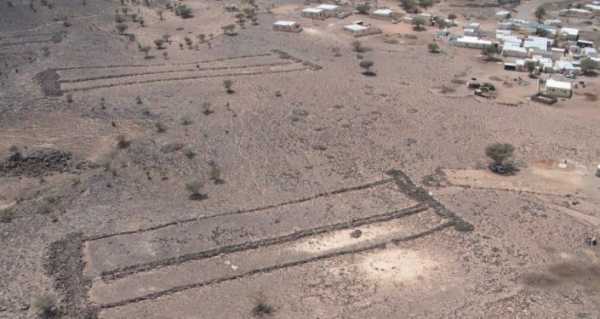
Some of the ancient structures are over 460 meters (1,500 feet) long, but they are relatively narrow and sometimes packed together. They are mostly seen on bedrock, sometimes on rocky outcrops above the desert, but can also be found in mountains and low-lying areas.
According to scholars, thousands of colossal structures constructed from rock walls in Saudi Arabia are in fact older than Egypt’s pyramids and Britain’s ancient stone circles, with an average age of 7,000 years, making them the earliest ceremonial landscape ever discovered.
That’s a lot older than anyone imagined, and it’s about 2,000 years older than both Stonehenge and the oldest Egyptian pyramid.
“There must have been a great level of communication over a very big area, because how they were constructed was communicated to people,” archaeologist and lead author Hugh Thomas said.

Geographic positioning of different mustatils
The research is supported by the Saudi Arabian government’s Royal Commission for AlUla, which was formed to preserve the heritage of the AlUla area in the country’s northwest, which is home to many mustatils.
They did, however, discover a number of mustatils that were much more complex than they had expected, including pillars, standing stones, and smaller “cells” of rock walls. According to Kennedy and Thomas, one of the mustatils they surveyed was constructed by moving over 10,880 tonnes of basalt stone, a difficult job that must have taken hundreds of people months to complete.

Features of mustatil: A) internal niche located in the head of a mustatil; B) a blocked entranceway in the base of a mustatil; C–D) associated features of a mustatil: cells and orthostats; E) stone pillar identified on the Harrat Khaybar lava field
It’s unclear to scientists why the ancient peoples who constructed the mustatils built so many of them across what is now a Saudi desert. Kennedy theorises that certain mustatils were only used once, or that different groups of people made and used different mustatils near each other.
The presence of a small chamber or niche on the headwalls of many mustatils, which appears to have been used for animal sacrifices, is one hint to their intent.

Artefacts recovered during excavation and ground survey: A) cattle horn positioned in front of a betyl at IDIHA-F-0011081; B–C) cattle horns recovered from IDIHA-F-0011081; D) Neolithic micro core collected from IDIHA-F-0003301; E) Neolithic bifacial foliate identified at IDIHA-F-0011394 (photographs
According to Kennedy, archaeological evidence of a cattle cult was discovered in the south of Arabia which dated to about 900 years later, and the mustatils may have been an early manifestation of that belief. It is also possible that some mustatils were established to make territorial claims on valuable herd pasture.
Sourse: sputniknews.com
0.00 (0%) 0 votes


































